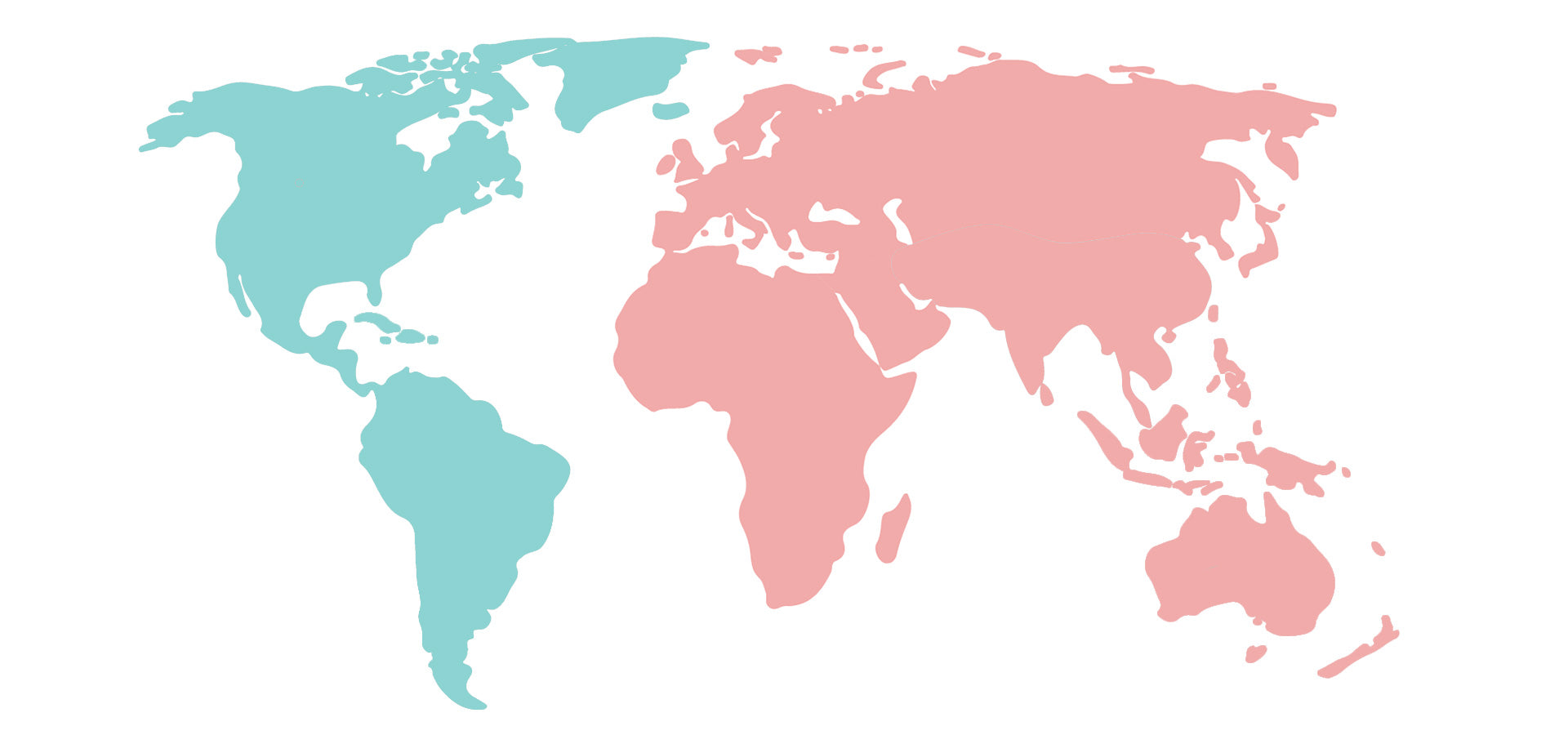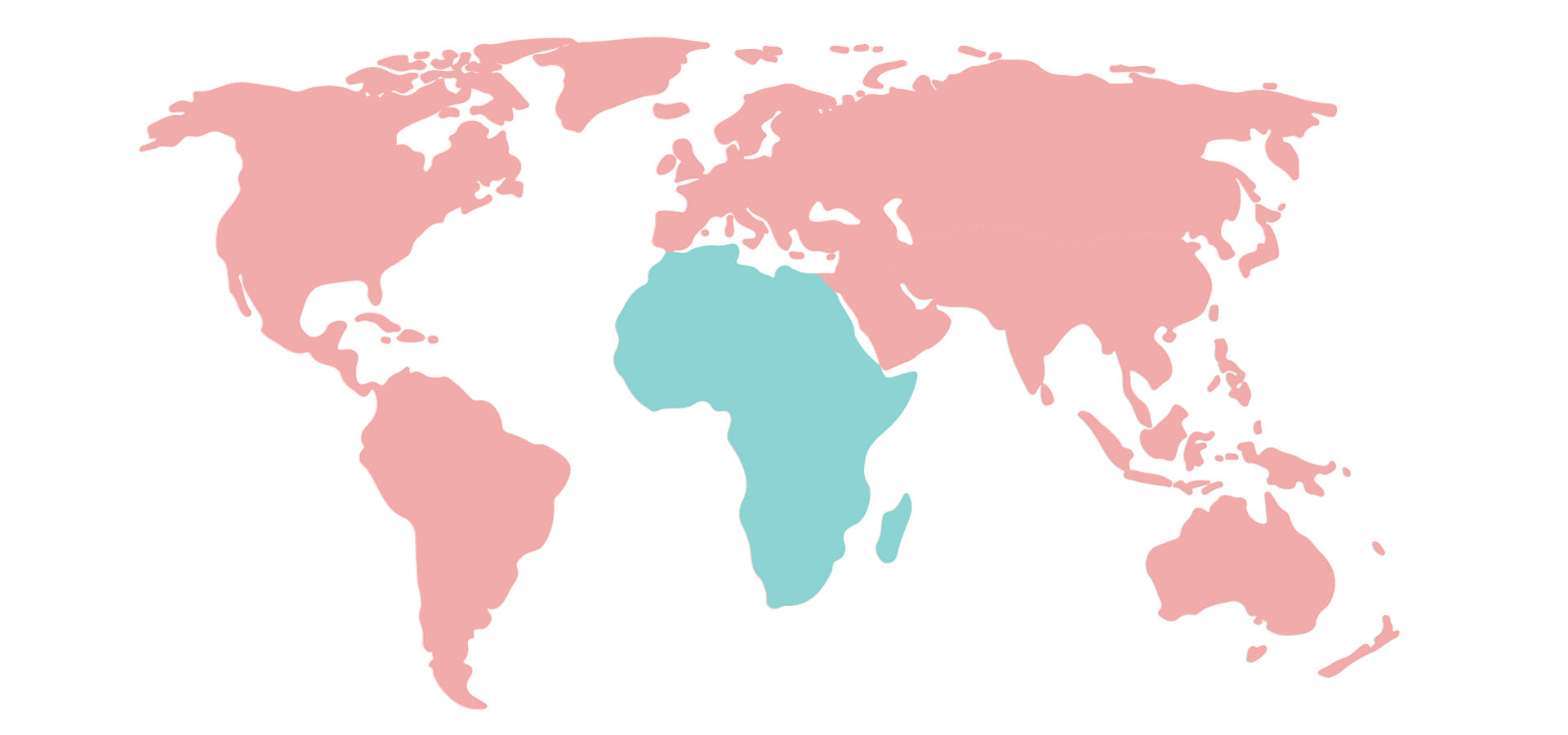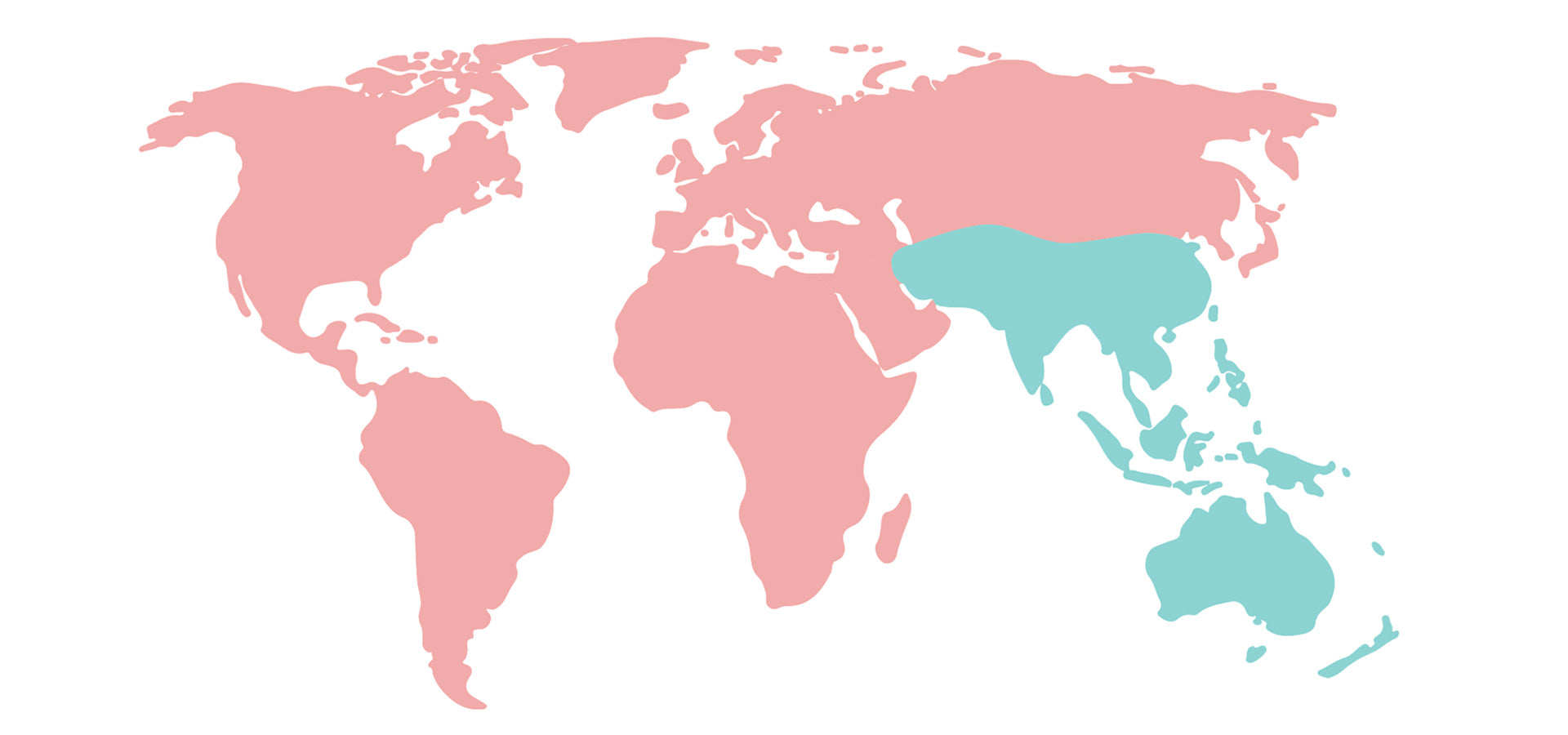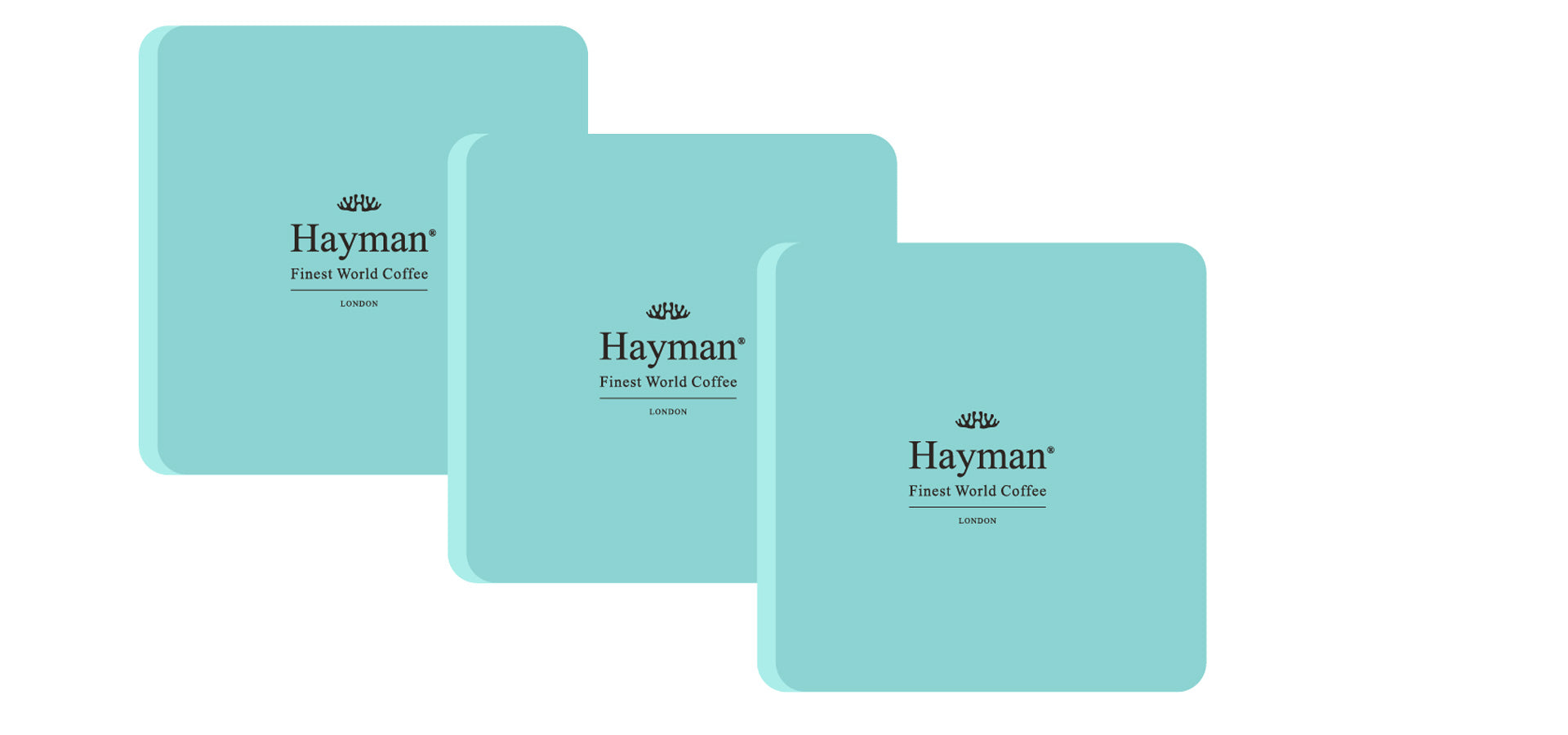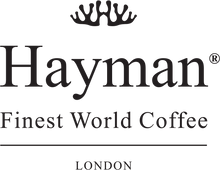No - Keurig K Cup Coffee is Not Bad for You (Part One)

Here’s a fact to chew on – coffee is the second most consumed drink in the world, after water. It’s also one of the most widely sought-after and prestigious commodities on earth, having been enjoyed by people from all walks of life for centuries.
Even so, the whole subject of coffee is still rife with myths and misinformation. From Keurig K Cup Coffee maker to Panama Geisha coffee to the ins and outs of ‘classic’ coffee brewing methods, curious misconceptions continue to do the rounds.
To help pour cold water (pun intended) on a few prime examples, we thought we’d set the record straight on several long-standing coffee myths.
Let’s dive in:
Coffee Myth #1: Keurig K Cup Coffee is Bad for You
First up, it was decided at some point along the way to assume that using Keurig single serve coffee maker could be hazardous to your health. With precisely zero evidence to go on, many reached the conclusion that K Cup coffee (and pod coffee in general) is loaded with dangerous toxins. It stems from the fact that said coffee comes in a plastic container, and must therefore be dangerous.
It’s not.
Keurig K Cup coffee comes in containers that are comprehensively safe, with none of the toxins or nasties associated with some problematic plastics. In fact, it’s been illegal for some time for single-serve coffee pods to contain anything that could potentially be harmful to human health. If this unjustified health scare has been putting you off picking up a Keurig coffee maker, you can now pick one up in total confidence!
Coffee Myth #2: Dark Roasts Have More Caffeine Than Light Roasts
A cup of coffee that’s dark, rich, robust and packed with intense flavor is always assumed to be higher in caffeine. In reality, this simply isn’t the case at all. In fact, quite the opposite is normally true.
Caffeine quantity differs significantly from one type of coffee to the next. For example, a batch of Panama geisha coffee beans may have a very different caffeine quantity to a bag of Kona coffee beans (i.e. the best Hawaiian coffee). As for the roasting process, green coffee beans (aka raw coffee beans) have the highest quantity of caffeine of all. Caffeine concentrations typically decrease with roasting, making light-roast coffees higher in caffeine.
Or if you want the biggest caffeine hit of all, why not try your luck with brewing up some green coffee at home?
Coffee Myth #3: An Espresso is Better for a Caffeine Hit Than a Regular Coffee
Espresso coffee is associated with a huge hit of caffeine for the simple reason that most people drink it too quickly. Contrary to popular belief, a single-shot espresso isn’t supposed to be downed like a shot of cheap whisky.
On average, a two-ounce shot of espresso contains around 80 mg of caffeine. By contrast, a twelve-ounce cup of regular black coffee will have an average caffeine content of 120 mg. The difference is that the latter is likely to be consumed more slowly, so the caffeine doesn’t kick in all at once.
Stay tuned for the second half of our two-part myth-busting post, coming soon...
In the meantime, click here to learn more about our fresh roasted Panama Geisha coffee, considered by many the best coffee in the world, and now also available as coffee pods compatible with Keurig K Cup coffee makers (including Keurig 2.0 models)*. Order now, we offer free worldwide shipping!
* Keurig and K-Cup are registered trademarks of Keurig Green Mountain, Inc. unrelated to Hayman®. Our pods are not created or sold by Keurig®.
